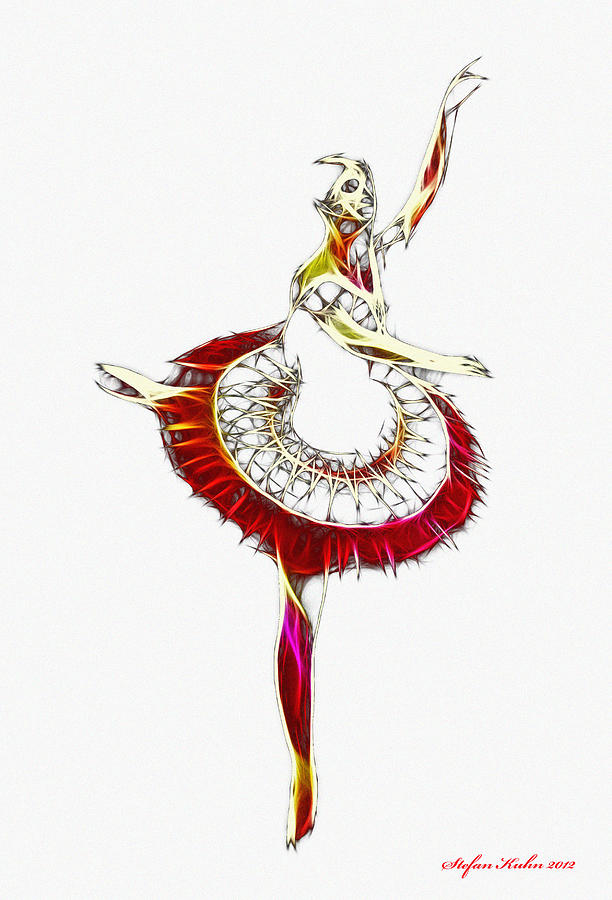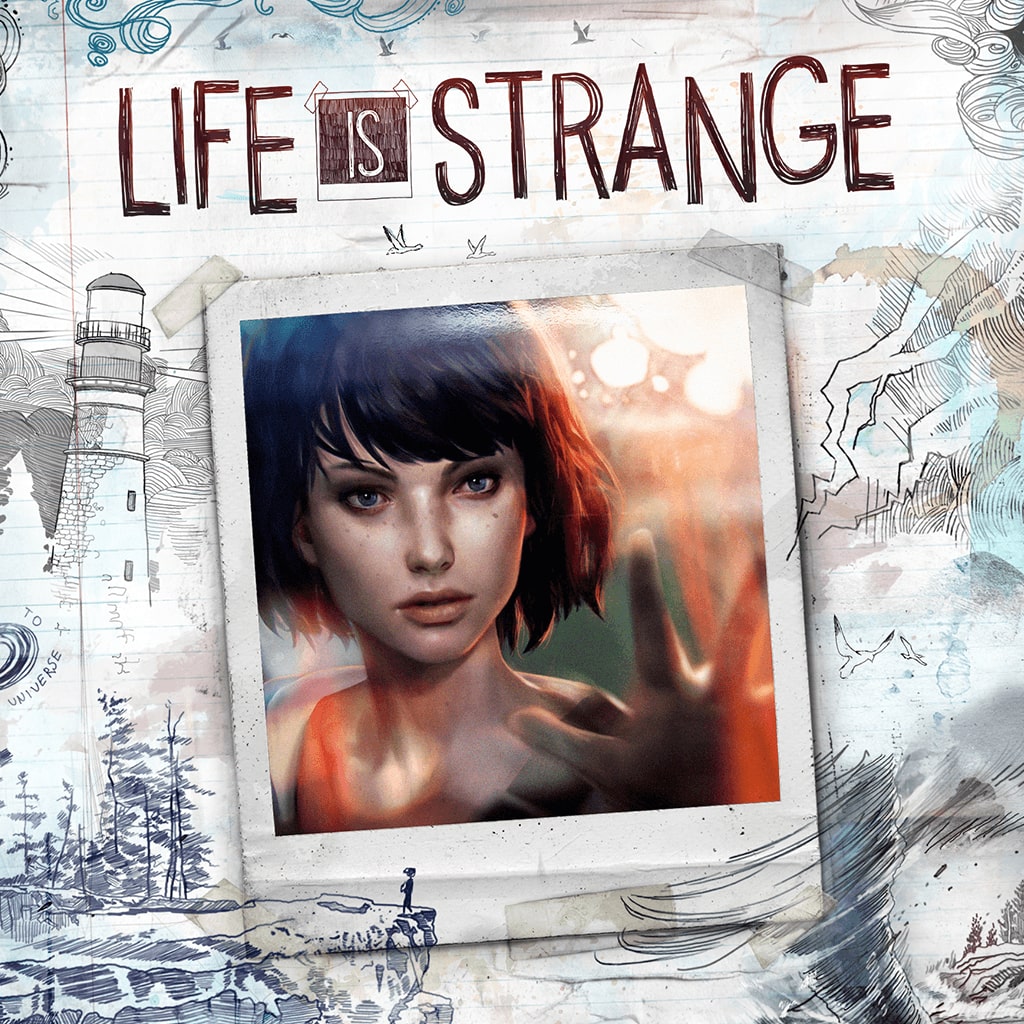I wanted to find more screenshots of the show to share but most of the screenshots I've seen fail to capture what makes this show so interesting, which is a shame, because it really is visually amazing. I will acknowledge that the acting is not always the best, you can tell it has a limited budget, and the writing is sometimes more corny than campy. I'm frontloading the negative, because that aside, it's a truly creative and brilliant show and I really appreciate it for what it is.
This is superhero pastiche done right. On the surface of it, it feels very rooted in Justice League and Marvel/DC-style superhero tropes, as well as the full gamut of Watchmen, Dark Knight Returns, the 1980's, videogames, etc. Even so, as the sum of its parts, it feels unique, and that is in large part due to the excellent art and sound design. It does things I've never seen before in the way it blends live action and many, many, many kinds of animation.
Adi Shankar (showrunner of Netflix's Castlevania, among other fan favorites) does amazing work and I'll watch anything of his, but I also appreciate that he has on his youtube channel a series of mini-documentaries (a few minutes long each) explaining the various influences on the show. He discusses at one point how he had the idea for this show, and people told him it couldn't be done, and he wanted to challenge that notion, and as someone who also often veers into that territory, I get why this resonates with me, but unfortunately I think a lot of people will just write it off or not really give it a fair shake, which is a shame.
The story goes a few places I didn't expect while still following along the path. There are many twists that I won't spoil, and most of them are interesting and feel earned, some of them exceptionally so, and even the few that don't, or that muddle the subtext, don't ruin the experience. That said, the heart of this is definitely in the presentation. I'd love to see more works like this, that really challenge preconceived notions of different kinds of media and genre (even as they pay homage to them). My understanding is that it's getting a season 2, so that's cool at least.
My first not-review was for the underappreciated TTRPG Super Blood Harvest, and while this is focused on superheroes, this does have a very similar feel, so if you've liked my sensibilities up to this point, check out Guardians of Justice. This is a perfect show to not-review because there's really not much more I can say. Watch the first episode if this sounds at all intriguing, you'll probably know immediately whether you're into it or not.









